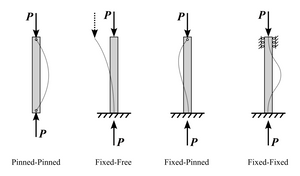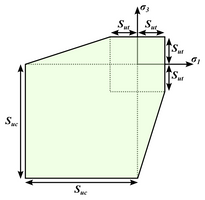Calculating the Energy Stored in a Flywheel

The information presented in this blog post is for educational purposes only. It should not be used for engineering design or relied upon as engineering advice.
When we think of energy storage for hybrid vehicles, we think of using batteries. However, there's a lesser known method of storing energy for hybrid vehicles, the flywheel. Williams Racing developed a flywheel hybrid power storage system for use in its Formula 1 race cars. Even though the Williams flywheel system was never used during a Formula 1 season, Williams licensed the technology and it was used in 3 straight 24 Hours of Le Mans winners. Williams eventually sold its flywheel technology to GKN, who adapted the technology for use in buses.
This EngineeringPaper.xyz sheet below (or open the sheet in a new tab) shows how to calculate the energy stored in a flywheel. As can be seen by the calculation, the energy stored by a flywheel varies linearly with the mass moment of inertia of the flywheel and by the square of the angular velocity. Therefore, the faster the flywheel can be spun, the more energy that can be stored. However, the max rotational velocity is limited by the strength of the material used because the centrifugal forces generated in the flywheel act to pull it apart. The final portion of this example sheet calculates the max stress in the flywheel.
Calculating the Energy Stored in a Flywheel
by u/mgreminger in EngineeringPaperXYZ





